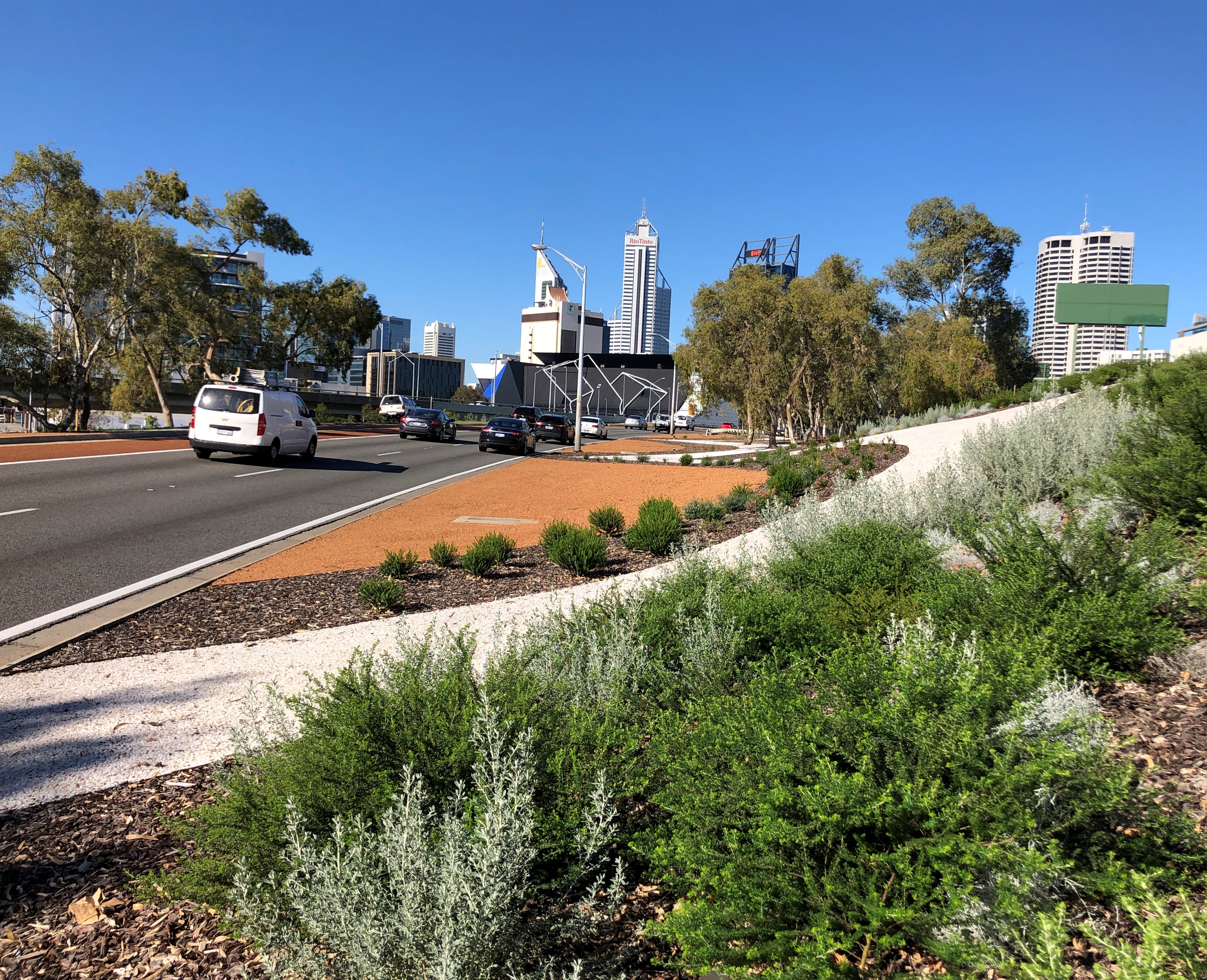Revegetation and Landscaping
Main Roads has a long history of revegetation and landscaping around the state and you can now search for information on these historical sites on our website. The sites can be displayed in either an easy to use map or list view, as well as the ability to filter locations by the methodology used;
For additional information on any site, such as species lists and before and after photos, simply click on the location and download the site report. Reports will continually be added for new sites and updated as more information from monitoring reports become available for existing sites. To find a site near you click on the adjacent map to get started.
To learn more about revegetation, landscaping, rip and respread or our Wheatbelt Revegetation Bank then see below. For technical information relating to revegetation and landscaping click on ‘Drawings, Requirements & Specifications’.



